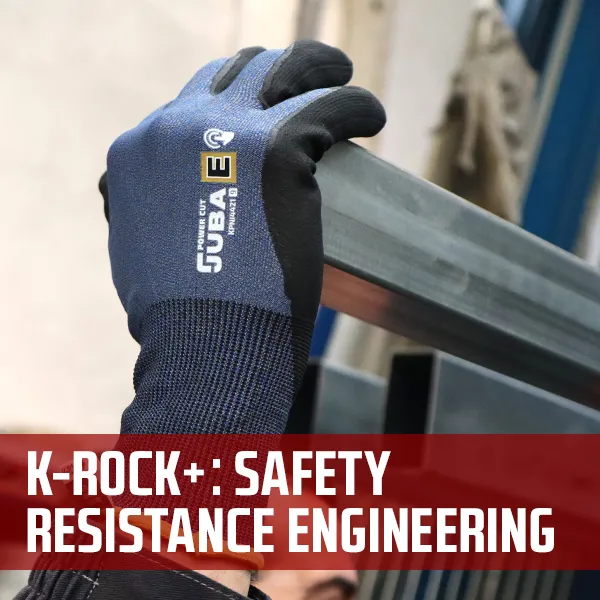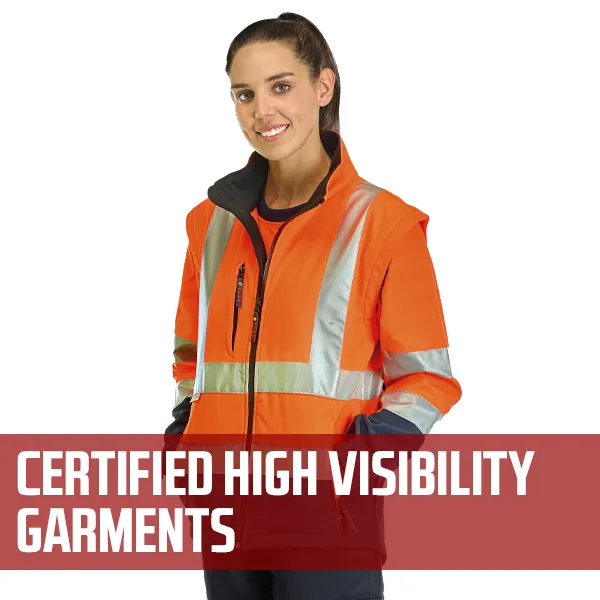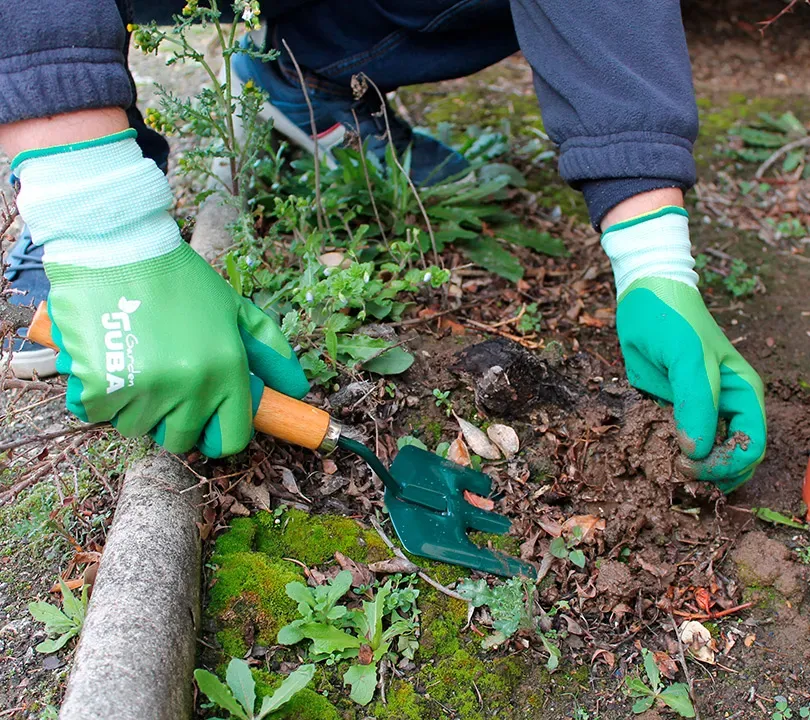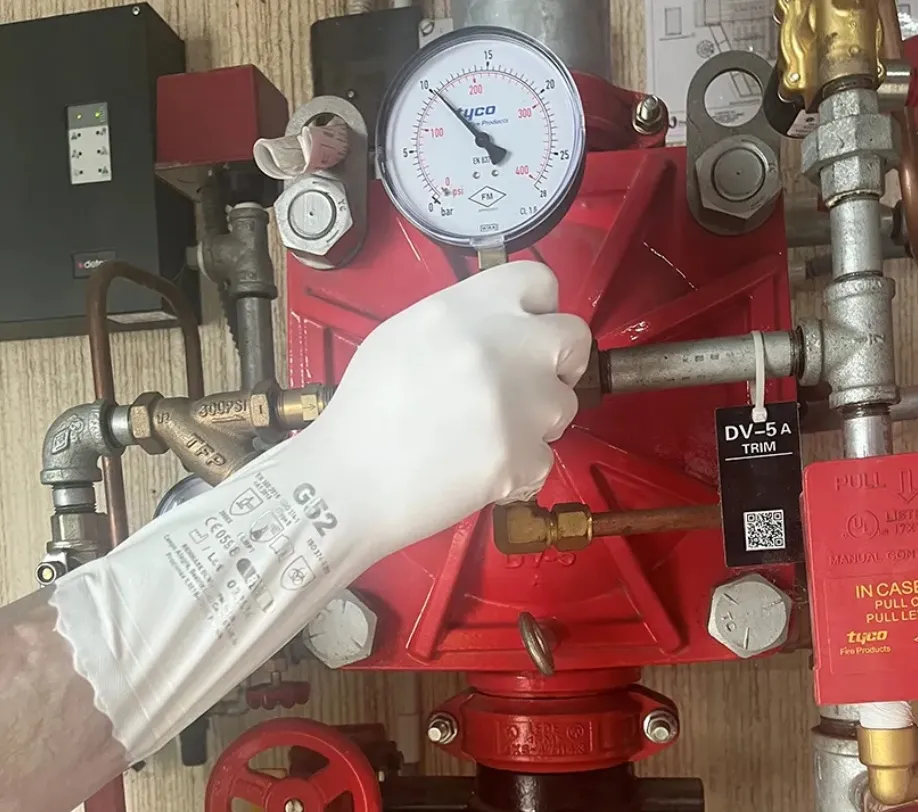Actualidad
Special gloves for chainsaw work
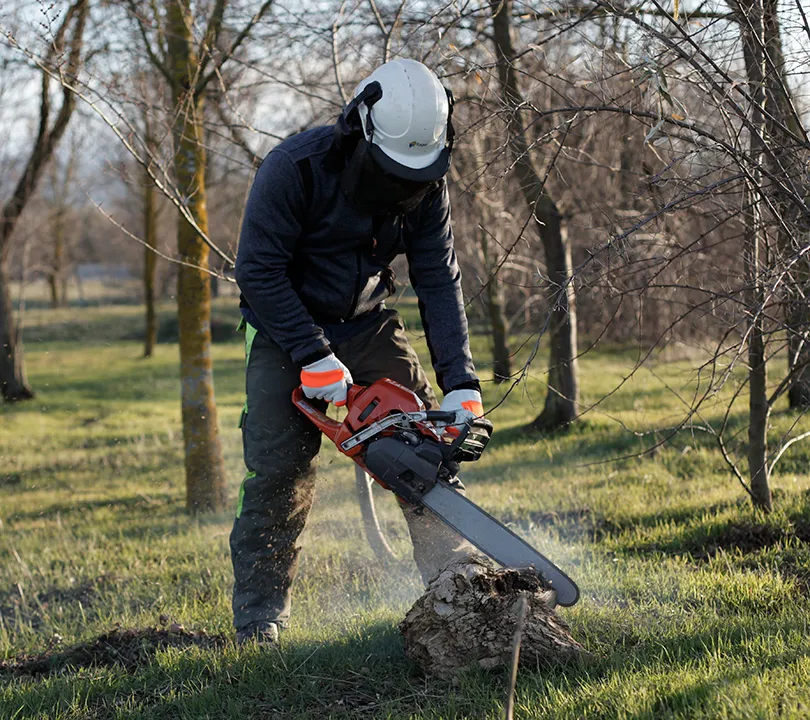
Safety gloves are an essential piece of Personal Protective Equipment (PPE) for professionals who work with chainsaws or, of course, people who use this tool in their daily domestic life. Although indispensable in various tasks such as pruning, tree felling and forestry work, they also represent a high risk of serious injury. Therefore, selecting the right gloves not only protects hands from cuts and abrasions, but can also make the difference between a safe job and an accident.
At Juba, we want to explore the importance of work safety gloves designed specifically for chainsaw use. We'll cover their key features, materials of construction, safety regulations and tips for choosing the right gloves. Whether you are a seasoned professional or an occasional chainsaw user, this guide will help you decide how to protect your hands effectively.
How chainsaw cutting gloves protect your hands
The main function of chainsaw gloves is to protect the professional's hands from potential accidents during work, and one of the key elements of this protection is the layers of anti-cut material on the back of the glove.
Depending on the model, the number of layers may change, increasing or decreasing the level of protection offered. The materials used in these layers also play a crucial role, and can range from Kevlar linings, which offer exceptional cut resistance, to leather fabrics and synthetic reinforcements that enhance the durability and comfort of the glove. In addition, there are multiple options for additional protection that can be incorporated to maximise safety, thus adapting to the specific needs of each task and user.
Choosing the right glove requires taking into account both the type of work to be carried out and the level of protection required, thus ensuring that the operator's hands are always well protected against any eventuality.
Other characteristics of chainsaw gloves
Chainsaw gloves have a wide variety of features to adapt to each type of activity and offer the best protection and comfort to the user. Among the available options, some models stand out for including high quality leather, which provides exceptional softness, flexibility, and an unbeatable feel, ideal for those looking for a comfortable experience without sacrificing safety.
In addition, many of these gloves are designed with stretch textile inserts in strategic areas, which significantly improve hand mobility when handling various tools, thus offering greater freedom of movement without compromising protection. The adjustable wrist closure is also a common and highly valued feature, as it allows the glove to be adjusted for optimal support, preventing it from slipping during work.
In the Juba catalogue, some references include gloves with a water repellency treatment, which adds the advantage of water repellency. This feature is particularly useful to prevent the professional's hands from getting wet and the glove from retaining water, thus maintaining comfort and functionality in wet conditions. The combination of these elements makes chainsaw gloves not only a protective tool, but also a complement that facilitates the performance of the most demanding tasks.
Choosing the right chainsaw gloves
Chainsaw gloves can be very different, so it is important to choose those that best suit the needs of each type of work. Never lose sight of the specific regulations for this sector.
Gloves for use with chainsaws must meet the Mechanical risk standard (EN388:2016) with a level 2 abrasion resistance, a level 1 blade cut resistance, a level 2 tear resistance and a level 2 puncture resistance. Once these values have been obtained, the glove will be certified according to EN ISO 11393-4:2019.
The protection against cutting by chain saws must be assessed by the chain speed. In this case, it would be obtained:
- Class 0 corresponds to a speed of 16 metres per second.
- Class 1 corresponds to a speed of 20 metres per second.
- Class 2 corresponds to a speed of 24 metres per second.
- Class 3 corresponds to a speed of 28 metres per second.
This standard also defines the design:
- Gloves with design A will have cut protection in the metacarpal area, but not on the fingers or thumb.
- Design B gloves apply to three-fingered gloves and mittens, which protect both the metacarpal area and the fingers, except for the thumb.
And finally, the standard will define:
- Type 1 when the protection is on both hands.
- Type 2 when the cut protection is only on the left hand.
Juba offers different sizes and formats of gloves (length and thickness), as well as different colours from which to choose the most suitable for each job. Specifically, in its firm commitment to offering the most appropriate gloves for each professional sector, Juba has expanded its collection of chainsaw gloves and has just launched two new references: MT160 POWER CUT and MT170RE.
Features of Juba's MT160 and MT170RE gloves
- Made of natural goatskin: excellent feel, flexibility and safety.
- Elasticated nylon and neoprene cuff with adjustable closure.
- Stitched with Kevlar thread for strength and durability.
- Inserts in fluorine orange, identifying this sector, with elastic fabric in the joints for increased mobility when handling tools.
- Certified to EN ISO 11393-4:2019 ‘Chain saw cut protection’.
Design A: Cut protection in the metacarpal area.
Type 2: Chain saw cut protection on the left hand, the hand opposite to the hand that handles the tool.
*Juba offers the option of ordering gloves with protection on the right hand for left-handed people or with protection on both hands (Type 1).
Differences between Juba MT160 and MT170RE gloves
- 26 layers (MT160) vs. 30 layers (MT170RE) of anti-cut material on the back of the left hand.
- Class 1 (20 M/s MT160) vs. Class 2 (24 M/s MT170RE).
- Chain speed.
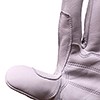 MT170RE: Skin reinforcement in the area between thumb and index finger on the back of the left hand.
MT170RE: Skin reinforcement in the area between thumb and index finger on the back of the left hand.
Details of the MT160 POWER CUT gloves:
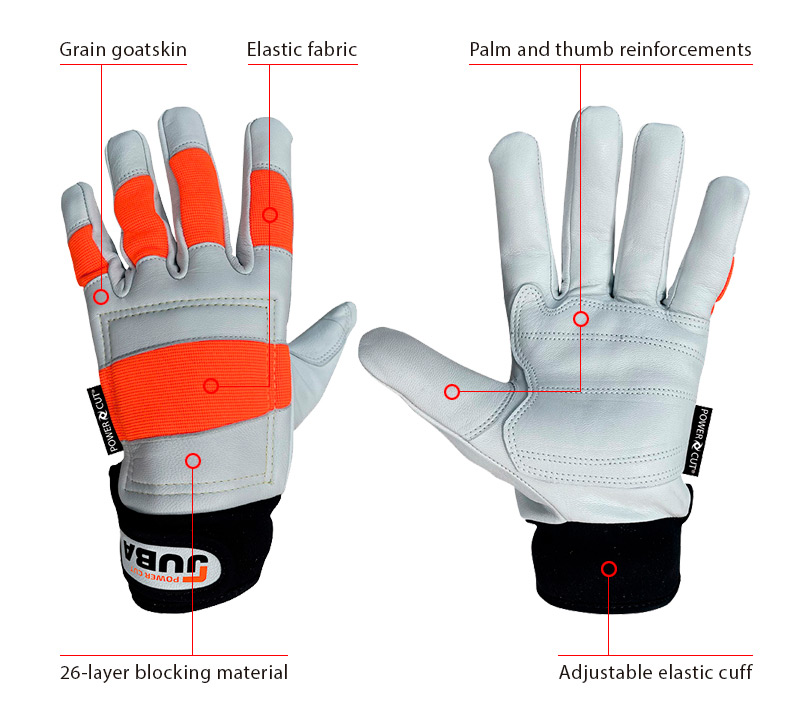
Potential injuries in chainsaw work or safe working practice can never be replaced by chainsaw PPE. Therefore, when working with this type of tool it is essential to follow the instruction manual of both the personal protective equipment and the corresponding machine, as well as any applicable national accident prevention regulations.
On the other hand, the standardised tests used to determine protection classes cannot assess factors such as the condition of the chainsaw chain's cutting edge, its tension or the angle of impact.
